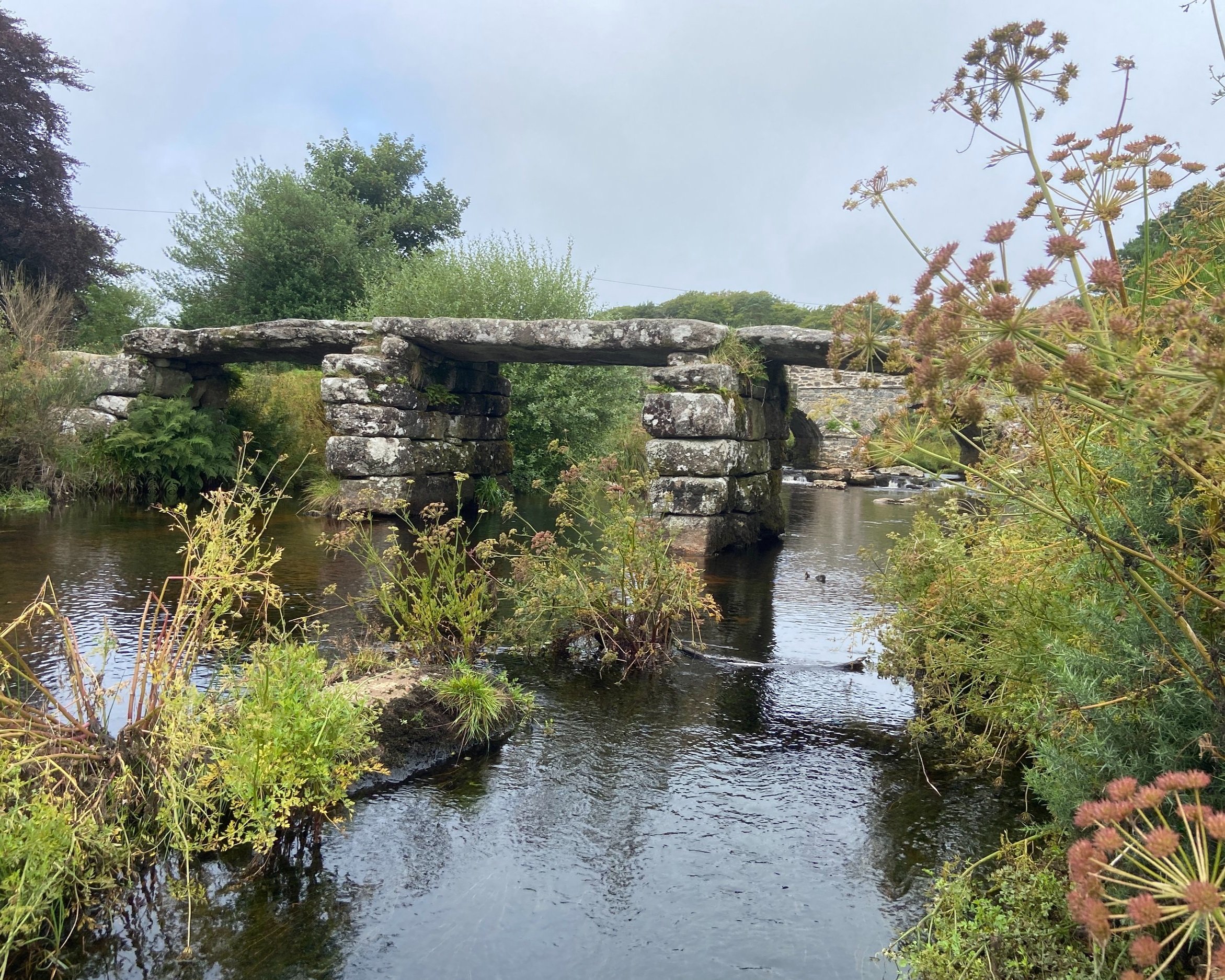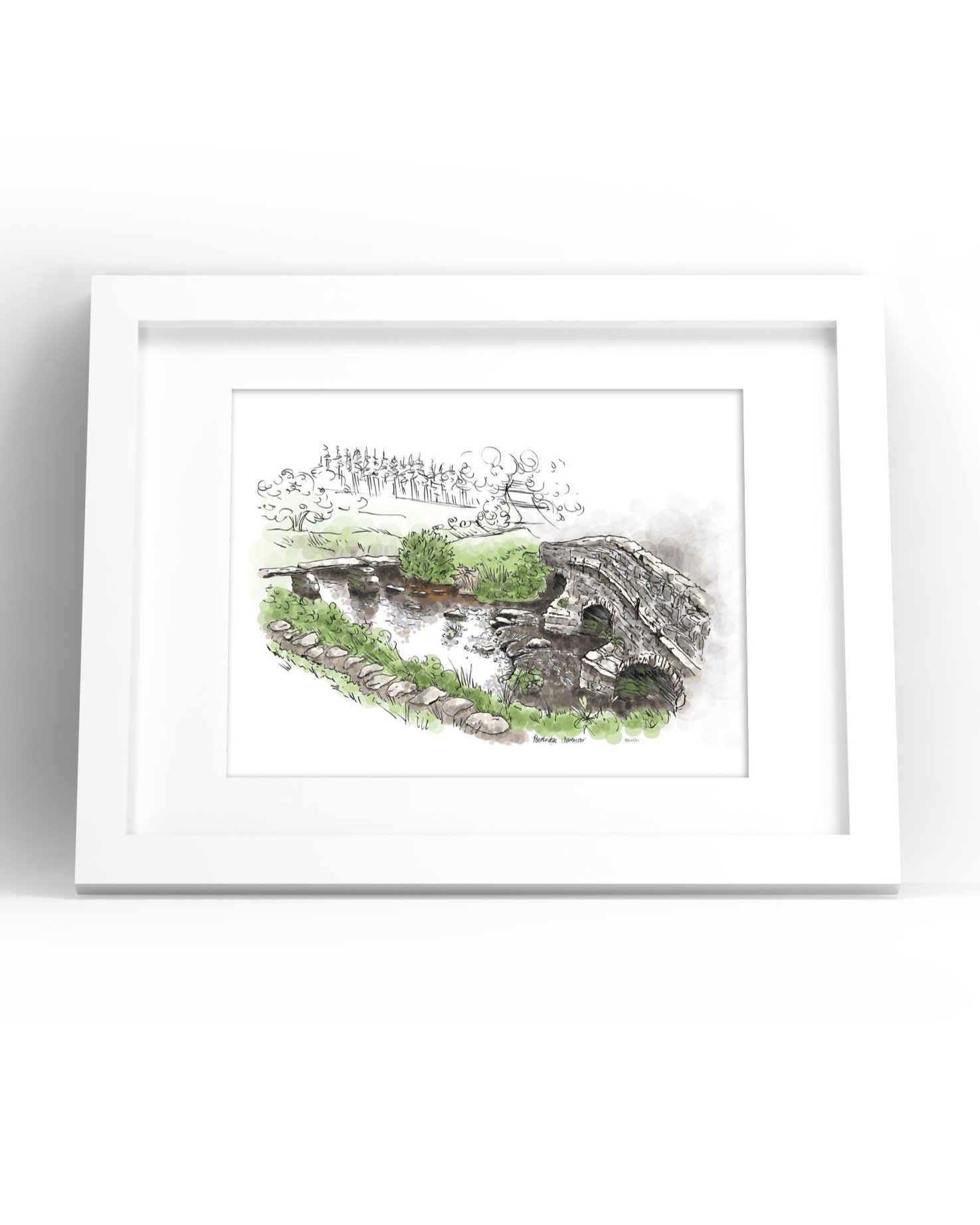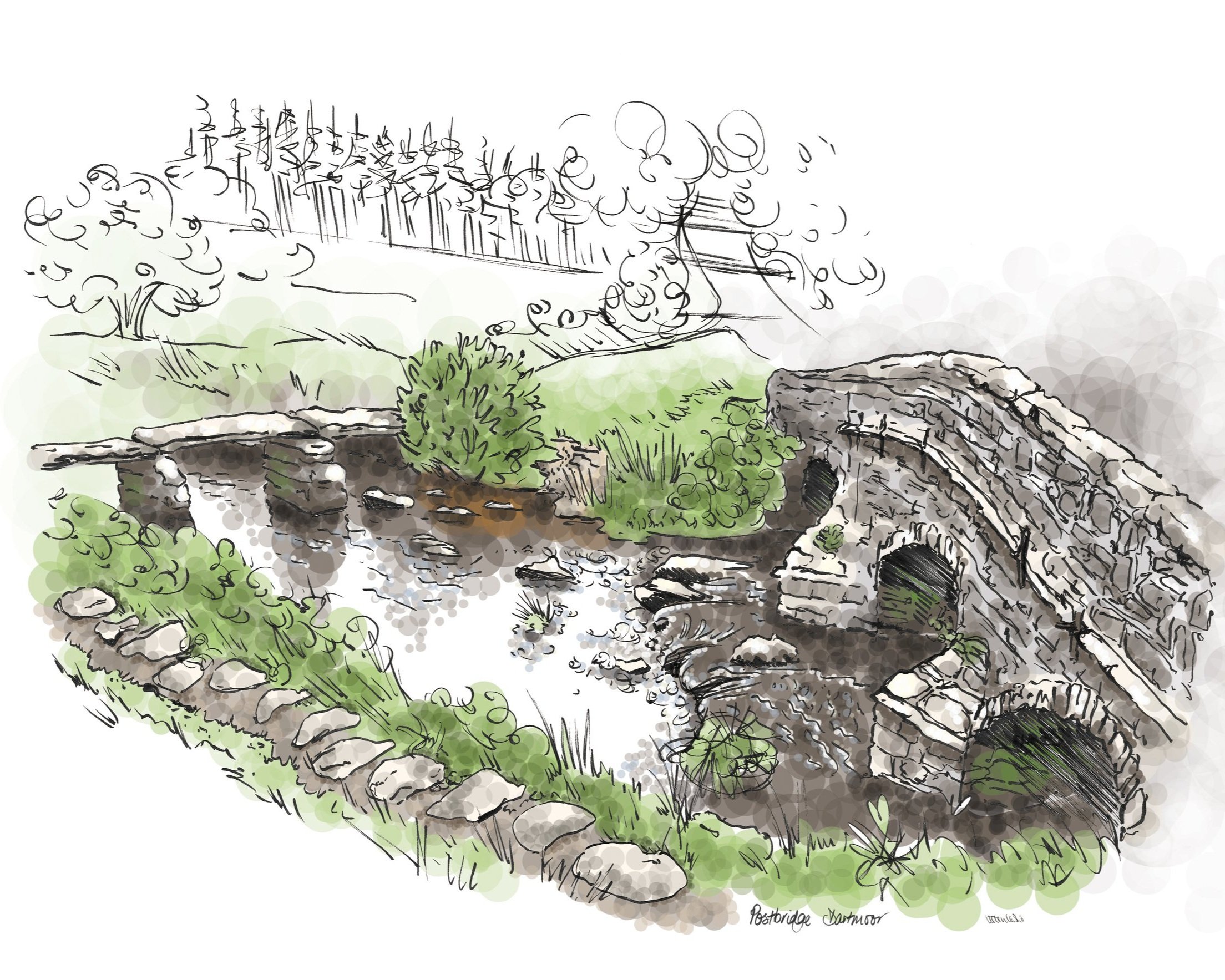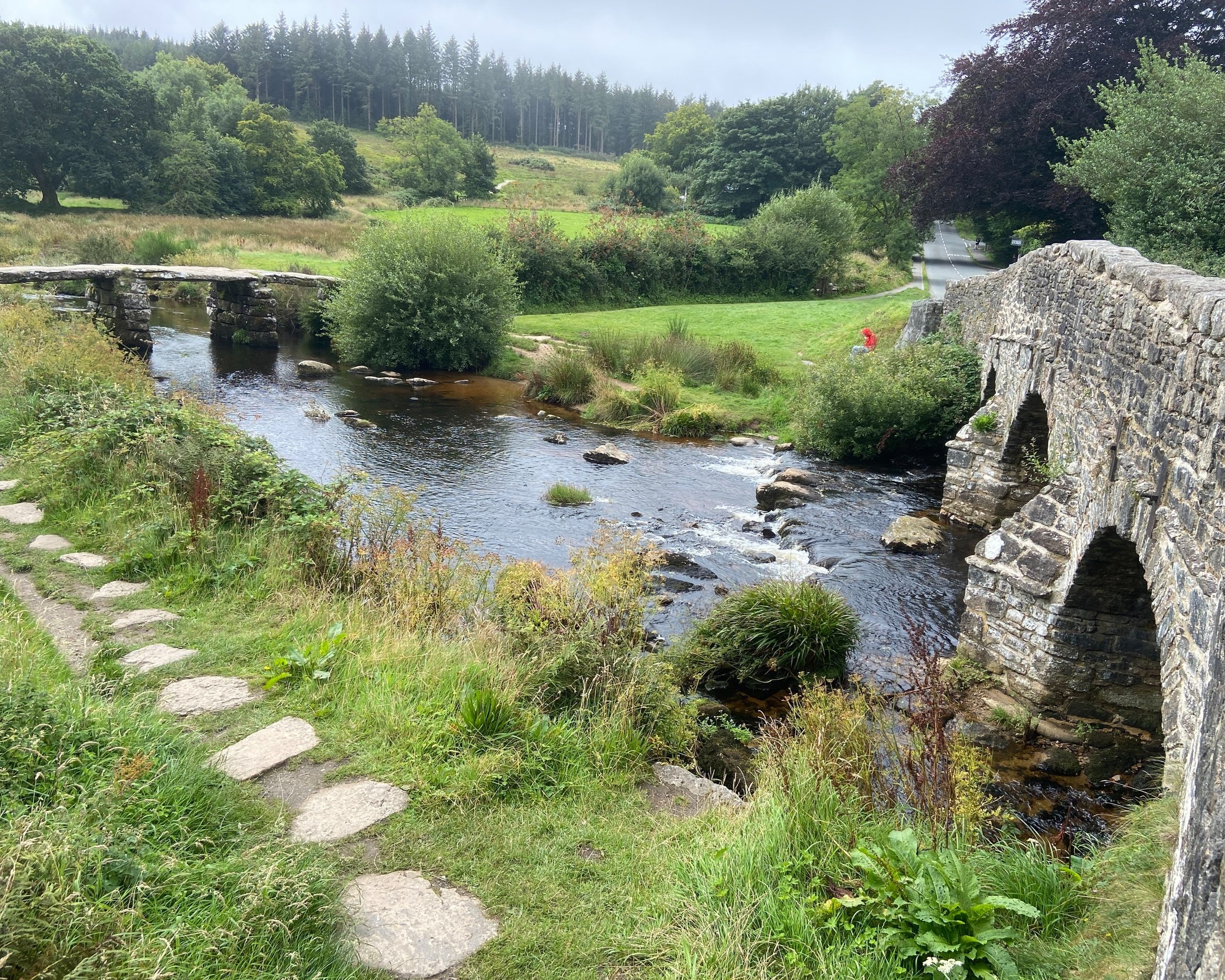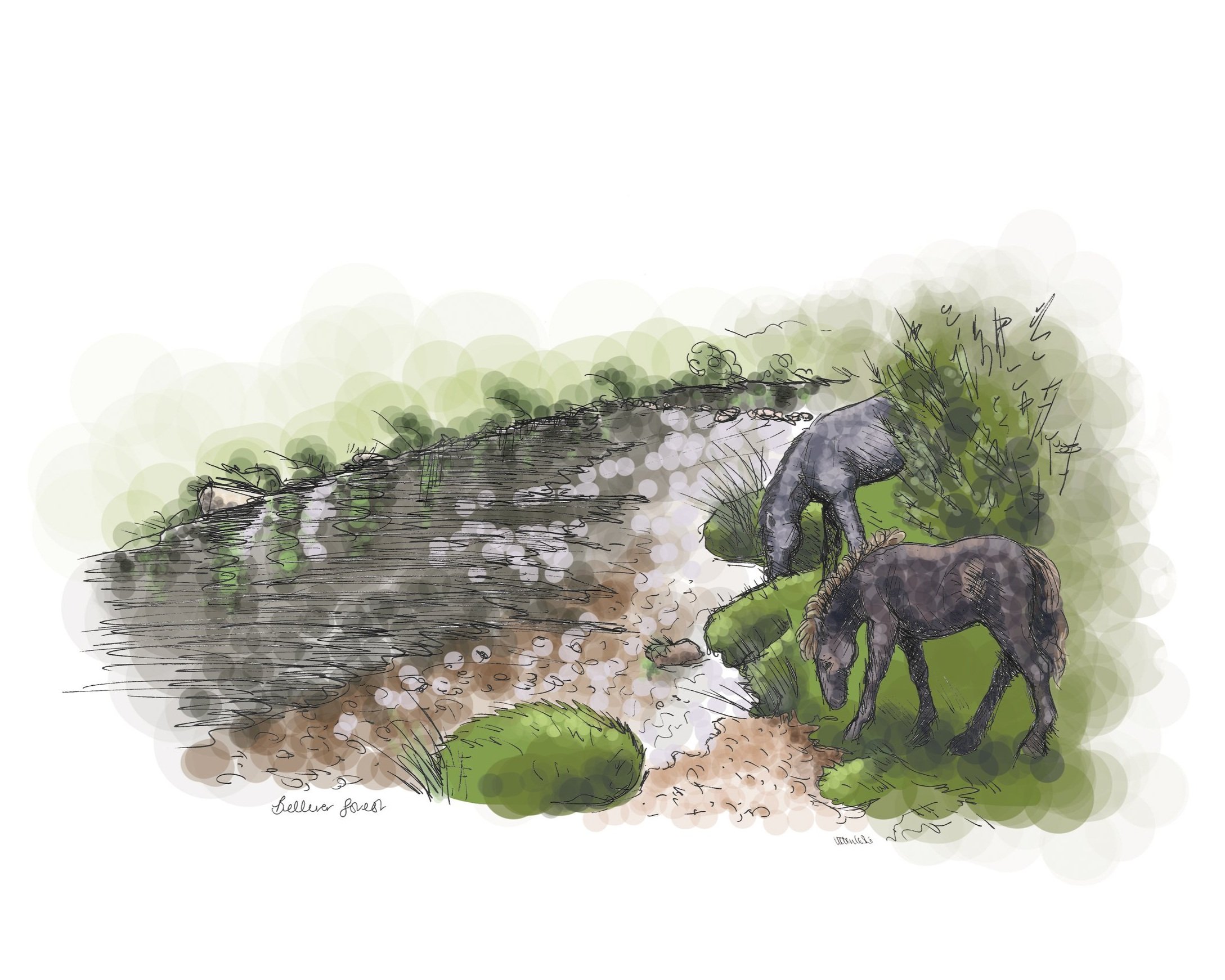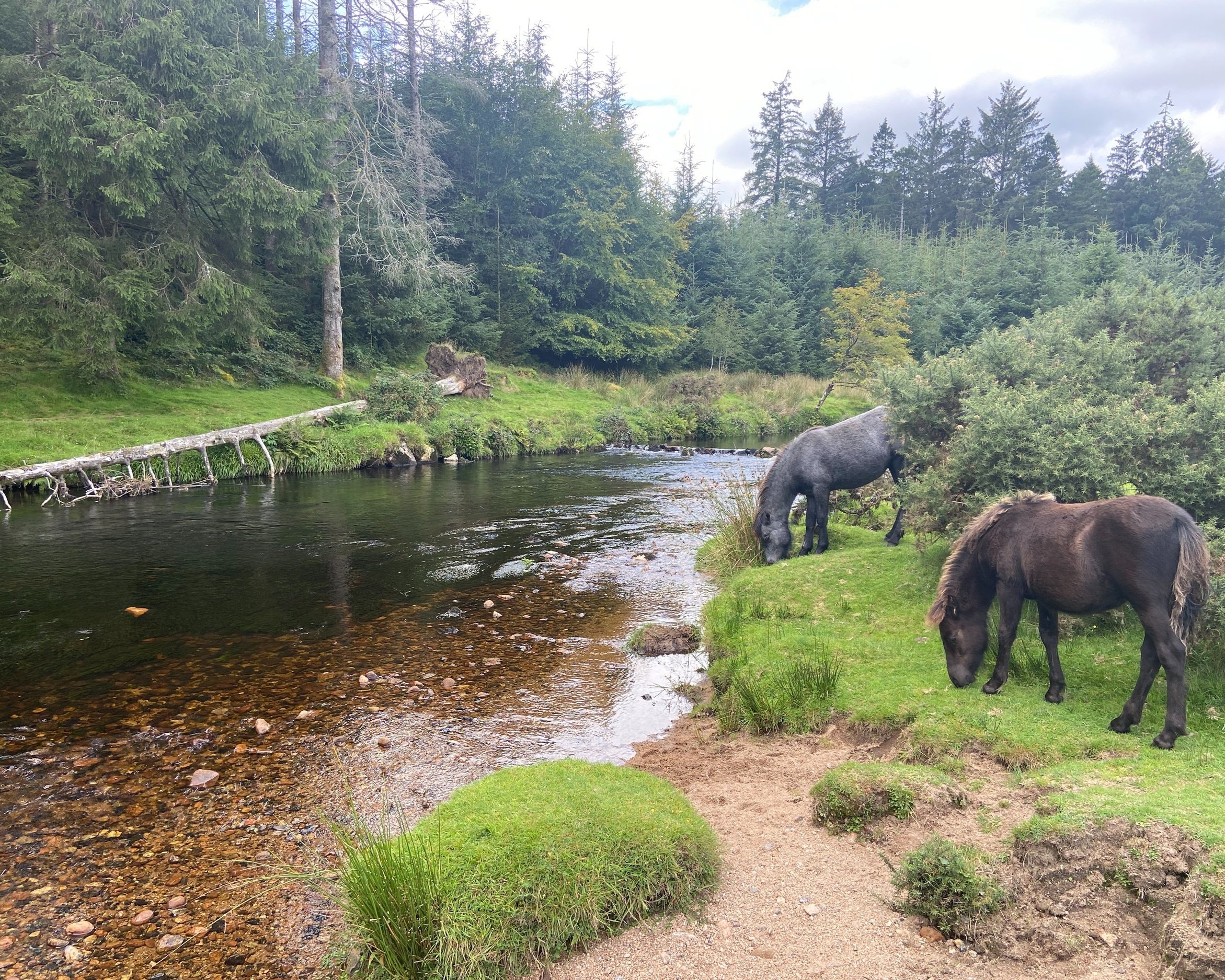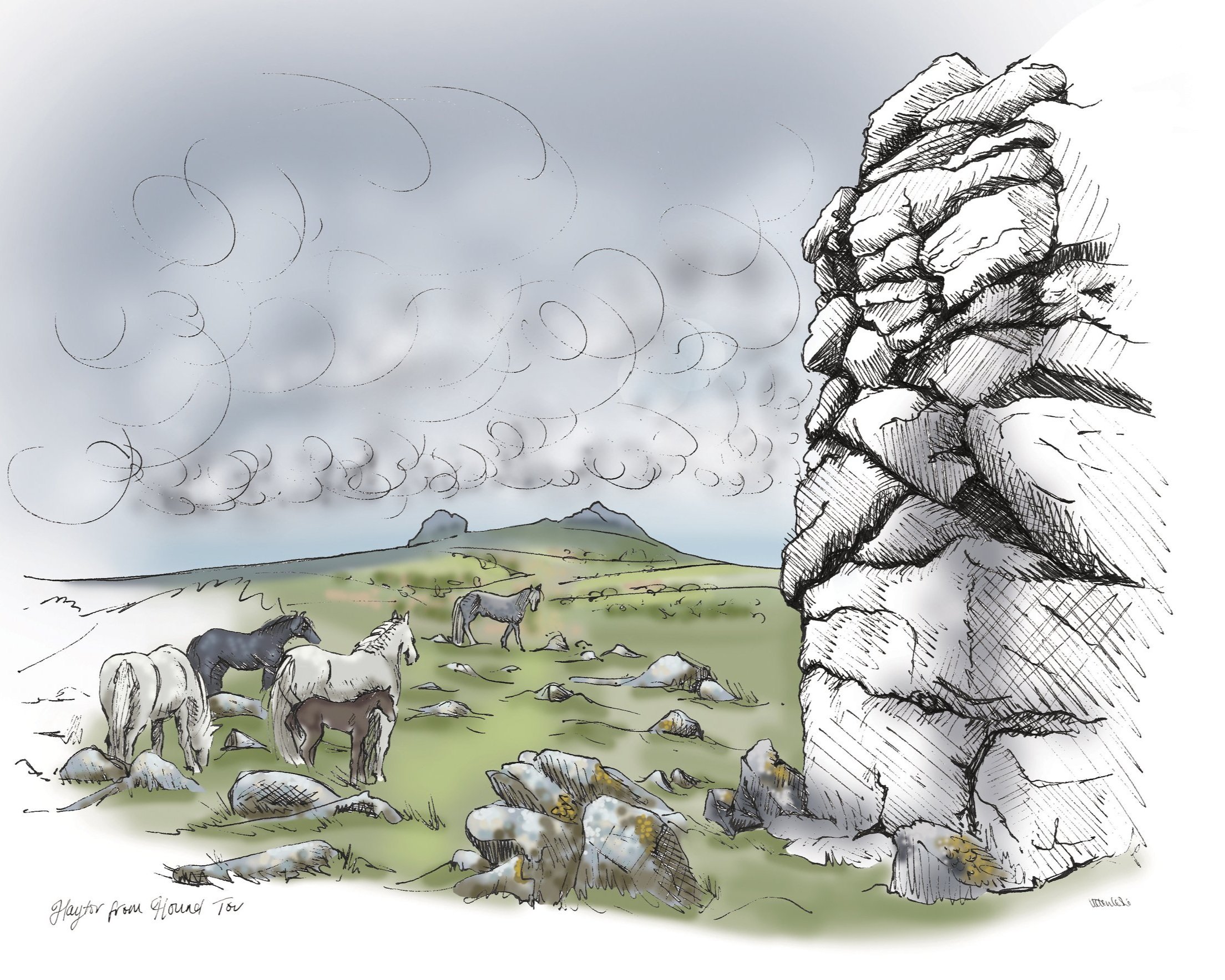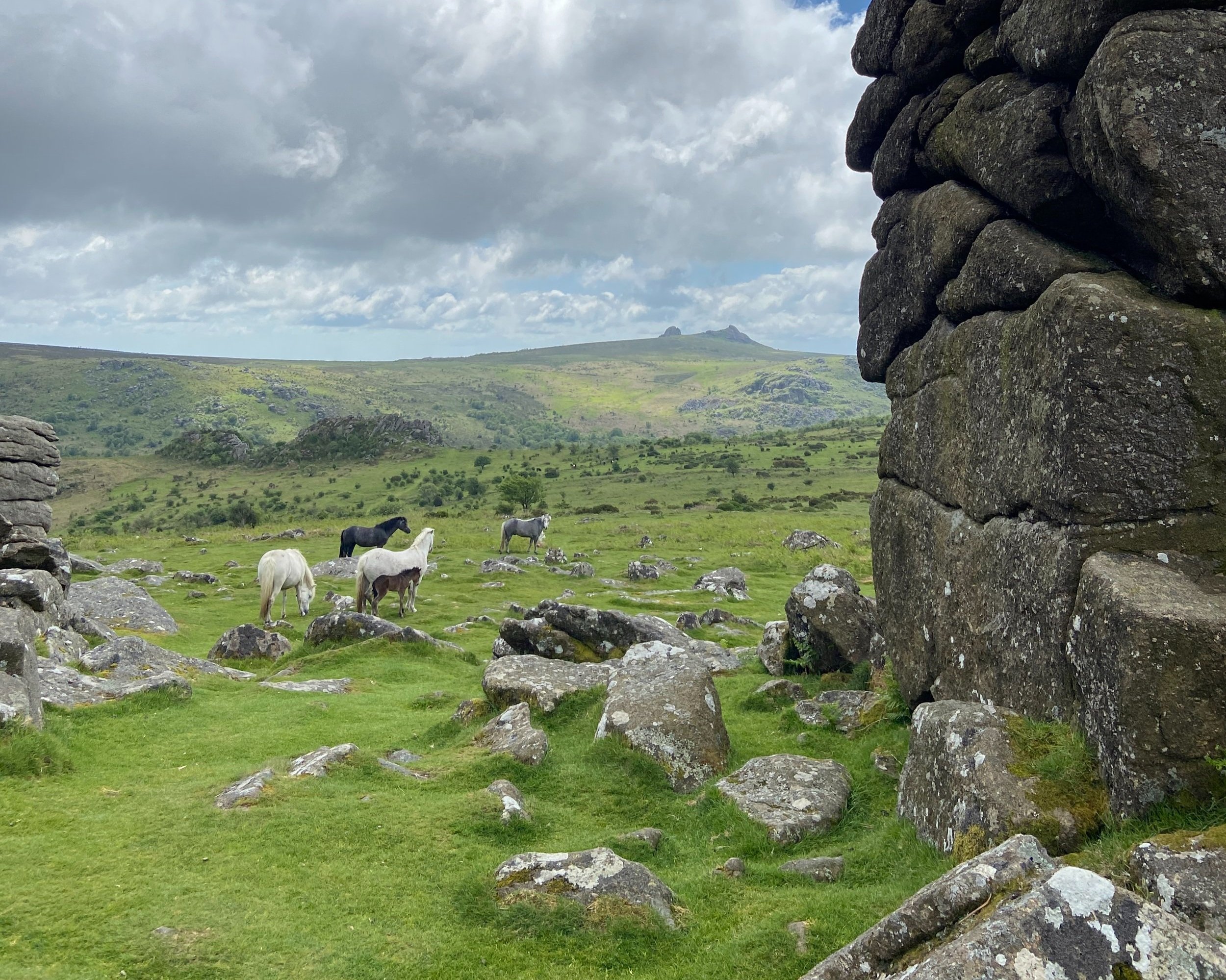 Image 1 of 2
Image 1 of 2

 Image 2 of 2
Image 2 of 2



Smeaton's Tower, Plymouth lighthouse
Smeaton’s Tower, Plymouth’s iconic lighthouse, is a memorial to the engineer John Smeaton. It was in use between 1759-1877 until erosion to the rocks on which it was built forced it to be moved to its current location on Plymouth Hoe.
John Smeaton was recommended by The Royal Society to build it and he modelled the design on an oak tree. Smeaton rediscovered hydraulic lime, a form of concrete used in Roman times, which allowed concrete to set under water. In the lighthouse’s design Smeaton put granite blocks together using dovetail joints and marble dowels. How cool is that?
It’s a Grade I listed building and has 93 steps, which the public can climb to the top and see the amazing views of Plymouth Sound. The interior is great, with lots of interesting vintage typography and industrial features.
Save £5 when you buy any two Local Landmark prints - enter code LANDMARK5 at checkout
This A4 print is supplied unframed.
Smeaton’s Tower, Plymouth’s iconic lighthouse, is a memorial to the engineer John Smeaton. It was in use between 1759-1877 until erosion to the rocks on which it was built forced it to be moved to its current location on Plymouth Hoe.
John Smeaton was recommended by The Royal Society to build it and he modelled the design on an oak tree. Smeaton rediscovered hydraulic lime, a form of concrete used in Roman times, which allowed concrete to set under water. In the lighthouse’s design Smeaton put granite blocks together using dovetail joints and marble dowels. How cool is that?
It’s a Grade I listed building and has 93 steps, which the public can climb to the top and see the amazing views of Plymouth Sound. The interior is great, with lots of interesting vintage typography and industrial features.
Save £5 when you buy any two Local Landmark prints - enter code LANDMARK5 at checkout
This A4 print is supplied unframed.
Smeaton’s Tower, Plymouth’s iconic lighthouse, is a memorial to the engineer John Smeaton. It was in use between 1759-1877 until erosion to the rocks on which it was built forced it to be moved to its current location on Plymouth Hoe.
John Smeaton was recommended by The Royal Society to build it and he modelled the design on an oak tree. Smeaton rediscovered hydraulic lime, a form of concrete used in Roman times, which allowed concrete to set under water. In the lighthouse’s design Smeaton put granite blocks together using dovetail joints and marble dowels. How cool is that?
It’s a Grade I listed building and has 93 steps, which the public can climb to the top and see the amazing views of Plymouth Sound. The interior is great, with lots of interesting vintage typography and industrial features.
Save £5 when you buy any two Local Landmark prints - enter code LANDMARK5 at checkout
This A4 print is supplied unframed.
My Local Landmarks series are a collection of hand-drawn illustrations that I have chosen to draw because they mean something to me - maybe I just love a building or the character, or have memories of fun family trips there, or I think they represent my home county of Devon in an interesting way.
I have illustrated them in pencil then pen and ink, with all the characterful features explored in beautiful detail.
This print will be treasured for years to come and will certainly make a talking point!
A4 sized prints, supplied unframed so you can frame them to suit your interior.






